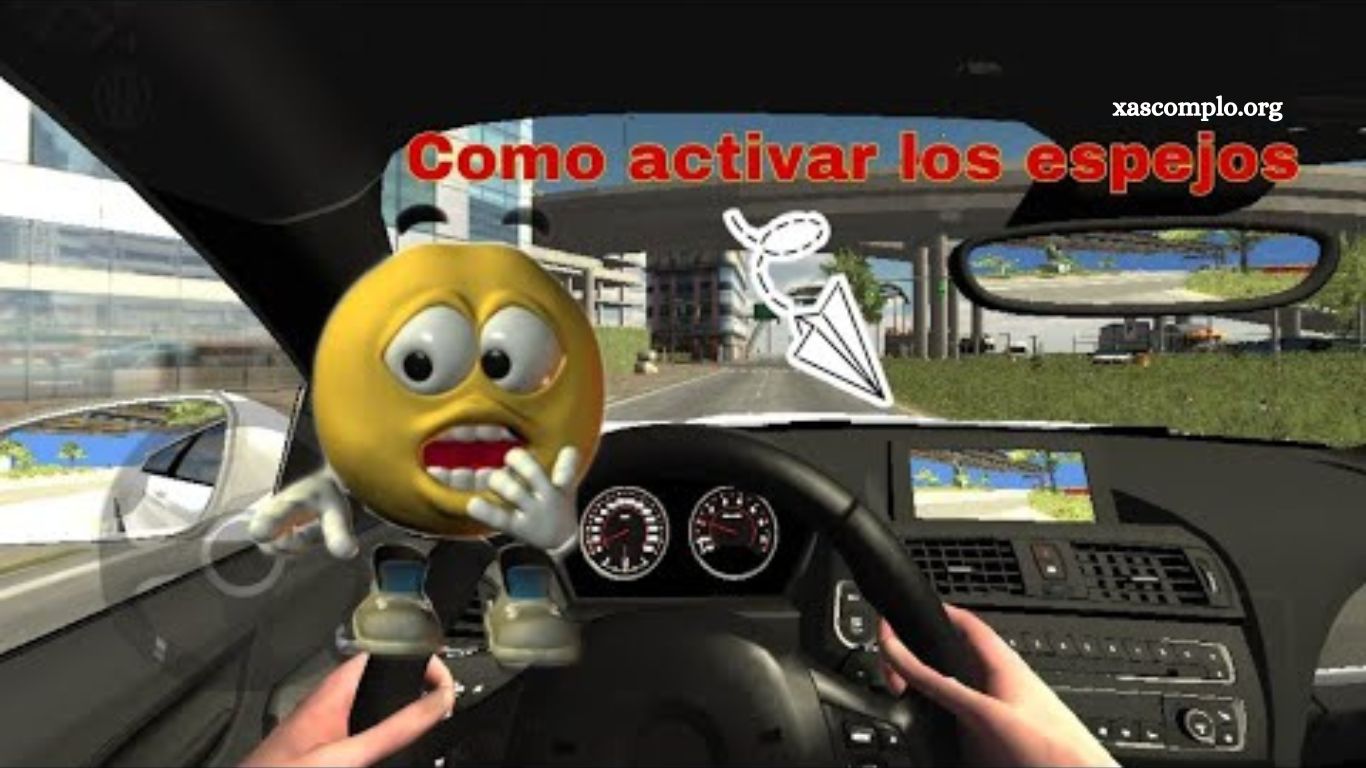Parking in tight spaces can be challenging, but mastering proper mirror adjustment significantly enhances your ability to navigate and position your vehicle with confidence. Correctly aligned mirrors provide a comprehensive view of your surroundings, reducing blind spots and allowing precise judgment of distances during parking maneuvers. This tutorial offers a clear, step-by-step guide to adjusting your side and rearview mirrors specifically for parking situations.
By following these instructions, you will improve your spatial awareness and maneuverability, making parking safer and more efficient. Whether you are new to driving or seeking to refine your skills, understanding mirror adjustment techniques is essential for handling various parking scenarios with ease and precision.
Read More: Top Realistic Parking Levels in Car Parking
Why is mirror adjustment crucial for car parking?
Side mirrors play a vital role in providing a comprehensive view of your vehicle’s surroundings during parking maneuvers. Properly adjusted mirrors minimize blind spots, enabling you to accurately assess the space around your car. This enhanced visibility helps prevent collisions with other vehicles, pedestrians, or obstacles, ensuring safer and more precise parking. By optimizing mirror positioning, drivers can confidently navigate tight spaces and avoid costly mistakes.
Steps to Adjust Mirrors for Car Parking
If you notice any blind spots during this check, fine-tune the rearview mirror to reduce or eliminate them. Proper adjustment of all mirrors will maximize visibility and enhance safety during parking maneuvers.
Sit comfortably in the driver’s seat and begin by adjusting the side mirrors. Position each mirror so that the outer edge of the vehicle’s rear is visible on the inside edge of the mirror. This setup provides a balanced view of both the side of your car and the adjacent lane or parking space.
Next, turn your head to look over your shoulder toward each side to identify any blind spots not covered by the mirrors. This physical check ensures comprehensive awareness of your surroundings.
Tips and Recommendations for Optimal Mirror Adjustment
Maintain clean and clear mirrors at all times to ensure unobstructed visibility while parking. Dirt or smudges can significantly reduce your ability to see surrounding objects.
Customize your mirror settings to fit your unique driving position, as each driver’s height and seating posture vary. Proper personalization is key to achieving the best field of view.
Regularly check and readjust your mirrors as needed, especially if you share the vehicle with other drivers or after seat position changes. Consistent alignment ensures your mirrors continue to provide accurate and reliable visibility for safe parking.
Benefits of Well-Adjusted Mirrors for Car Parking
Properly adjusted mirrors offer several key advantages during parking maneuvers. They help you avoid collisions with other vehicles or obstacles by providing a clearer, more comprehensive view of your surroundings. Enhanced visibility significantly reduces blind spots, allowing you to detect potential hazards that might otherwise go unnoticed. Additionally, well-positioned mirrors improve your ability to maneuver confidently and precisely within tight spaces, making parking easier and safer. Overall, optimizing mirror adjustment contributes to a smoother, more controlled parking experience and reduces the risk of accidents.
Frequently Asked Questions
How often should I adjust my mirrors?
Adjust your mirrors whenever you change your seating position or share the vehicle with another driver. It’s also a good habit to check mirror alignment periodically to maintain optimal visibility.
Can properly adjusted mirrors completely eliminate blind spots?
While proper mirror adjustment significantly reduces blind spots, it’s still important to perform shoulder checks before maneuvering to ensure full awareness.
Should I adjust mirrors differently for parking than for driving on the road?
Yes. Mirrors optimized for driving may differ slightly from those adjusted specifically for parking to maximize visibility of curbs, other vehicles, and obstacles.
What is the best way to check if my mirrors are correctly adjusted?
Sit in your driving position, adjust the mirrors to show the edges of your vehicle, then turn your head to check for blind spots. Fine-tune the mirrors until blind spots are minimized.
Does mirror adjustment help with parallel parking?
Absolutely. Properly adjusted mirrors improve your ability to judge distances and angles, making parallel parking safer and easier.
Conclusion
Properly adjusting your mirrors is an essential skill that greatly enhances safety and precision when parking. By minimizing blind spots and improving overall visibility, well-aligned mirrors help prevent collisions and make maneuvering in tight spaces more manageable. Regularly customizing your mirror settings to suit your driving position ensures consistent awareness of your surroundings, contributing to a smoother, more confident parking experience.

